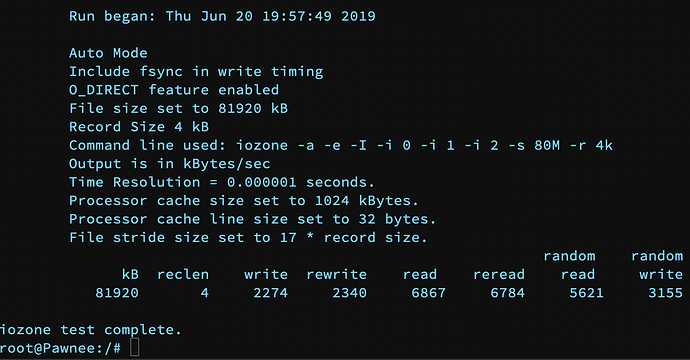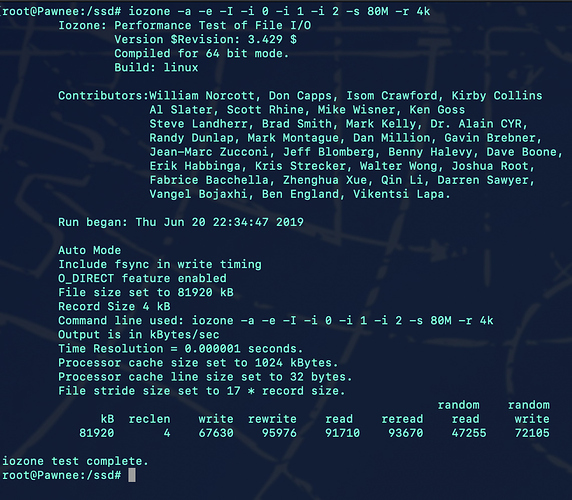Hi Everyone,
Im fairly new to SBC, so please bare with me if Im asking some basic questions. I will look around to see if others have gone over them first elsewhere 
My Rock Pi is arriving today, just the Ethernet version 4gb Ram with alu heatsink and m.2 extension board and SSD.
From reading around it seems the most workable OS for my use case is debian stretch, so will likely give that a go first and to have a backup to roll back to when/if needed.
My usecase The Rock PI will be a local, always on (or sleep with WoL) remote access to my network and servers from outside the home.
It will sit in my DYI server rack once completed, but will have monitor connected with various htop, temp readings etc kinda dashboard running.
So I dont need media playback or 3D capability, youtube playback and sound is also not required.
I would however like to play around with trying to get void linux setup on the Rock (if that is even possible?) ARM architecture is enabled for Void linux, so thought it would be fun to try.
Sorta a messy project maybe, but for fun and to learn at the same time 
– Void Linux install –
Goal: i3-gaps WM, sleep enabled and with WoL,
1, uSD 16gb void basic live install —> boot to/run from RAM
2, Replace uSD with another empty 16gb to serve as boot loader.
3, Run “void-installer” and partition root on NVMe and /boot on SD card.
4, Cross compile required packages from the radxa repo for rock pi using xbps-src ?? (https://github.com/void-linux/void-packages#cross-compiling-packages-for-a-target-architecture )
5 , Success?
Any feedback is appreciated. Have you tried something similar? is it doomed from the start? 
If yes, do please let me know and I will stick with debian and not waste my time haha.
cheers everyone
 will give feedback as soon as I test it though
will give feedback as soon as I test it though 
